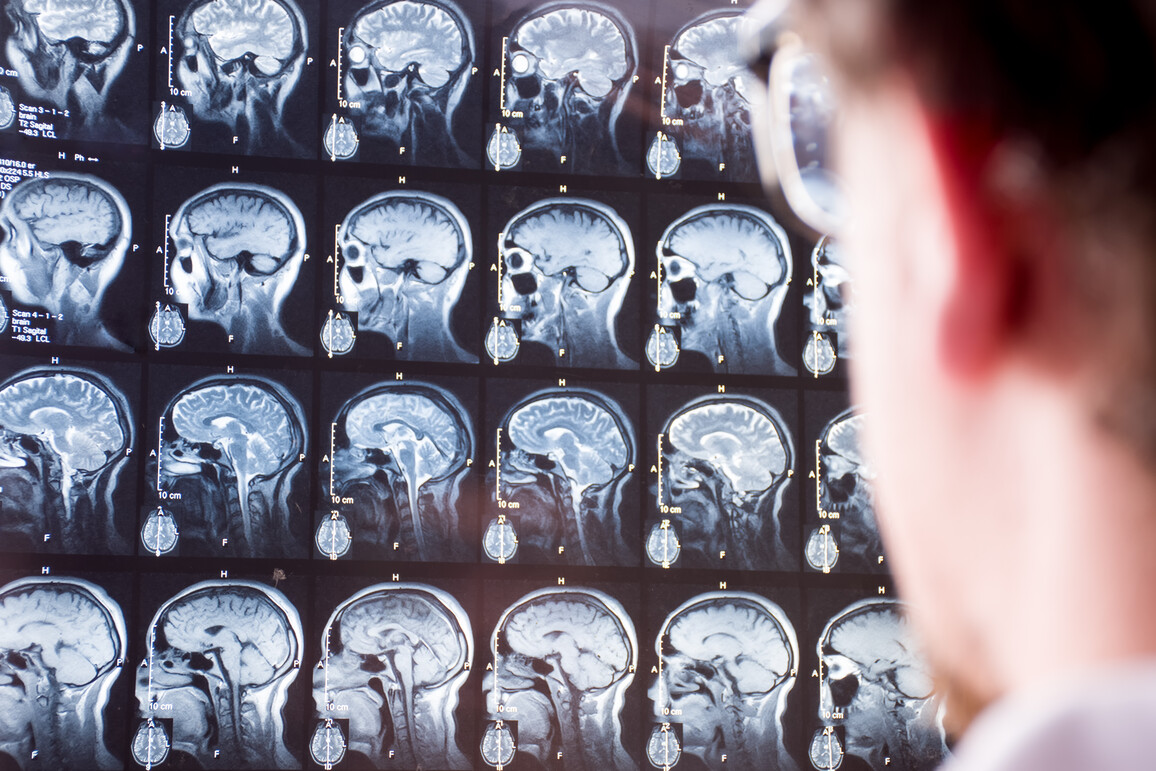ASO-based induction of RBM3 for the treatment of hypoxic/ischaemic brain injury : Date:
Free University of Berlin – Dr. Tom Haltenhof
conceptual period
Recipient: Free University of Berlin
Funding: GO-Bio initial (01/10/2022 to 30/09/2023, EUR 119,958)
Alzheimer's disease is influenced by many different factors. This makes it all the more difficult to develop specific drugs against it.
Current Alzheimer's therapies primarily address symptoms of the disease in order to slow down the neurodegenerative process and preserve patients' cognitive abilities for as long as possible. In the Neuroprotection project the regulation of genetic processes is intended to achieve a preventive effect in addition to acute treatment by preventing the death of nerve cells (neuroprotection). In order to achieve this the applicants take advantage of the fact that an artificial lowering of body temperature (hypothermia) in animal experiments leads to a protective effect against neurodegenerative diseases. With the help of a gene therapy approach a decoupling of the process is achieved in order to induce neuroprotection with a treatment even at normal body temperature.
This approach is based on the use of artificially produced genetic sequences (antisense oligonucleotides, in short: ASO), which are bound to the mRNA (messenger RNA) of the target protein to be produced. The aim of the project is to evaluate a potential therapy option for neurogenerative diseases such as Alzheimer’s. Among other things the exploratory phase will be used to review the legal and regulatory viability of the idea. It should additionally be clarified whether patents or other property rights exist for the exploitation of the results of an ASO-based modulation of neuroprotective genes.
feasibility stage
Recipient: Free University Berlin
Funding: GO-Bio initial feasibility phase 3 (01/10/2023 to 30/09/2025, EUR 1,097,773.58)
The artificial lowering of body temperature to 33.5°C is called therapeutic hypothermia (TH). This therapy is used to treat patients with brain damage (hypoxic/ischaemic encephalopathy (HIE)) caused by oxygen deficiency. This measure may be necessary, for example, in the case of cardiac arrest, stroke and, in particular, lack of oxygen in newborns. With the help of therapeutic hypothermia, nerve damage can be effectively minimised. Nevertheless, this method has several drawbacks in the treatment of newborns who suffer brain damage due to a severe lack of oxygen in the brain. Artificially lowering body temperature carries the risk of severe, sometimes life-threatening side effects for the treated newborns. Therapeutic hypothermia can also only be used in neonatal intensive care units specially equipped for this purpose. For these reasons, and because of the prolonged separation of parent and child, only newborns with severe courses are treated in this way, although milder forms of HIE can also lead to severe neurodevelopmental disorders. There is a current lack of alternative treatment methods that improve clinical therapy in these cases. The Neuroprotection project aims to address this point in the feasibility phase.
RNA-binding Motif Protein 3 (RBM3) is one of the genes produced by cold that mediates the neuroprotective effect of hypothermia. A promising therapeutic option alternative to therapeutic hypothermia is to induce RBM3 independently of temperature. In preliminary work the project staff developed an RNA-based approach that enables the neuroprotective effect of RBM3 without the need for therapeutic hypothermia. The potential treatment is to be given as an injection, so it is in a sense ‘hypothermia in a syringe’. The collaborative Neuroprotection project will investigate the innovative therapeutic approach in animal models. A comprehensive safety assessment will additionally be carried out during the feasibility phase. The therapy is being strategically developed up to the point of application in clinical trials.
